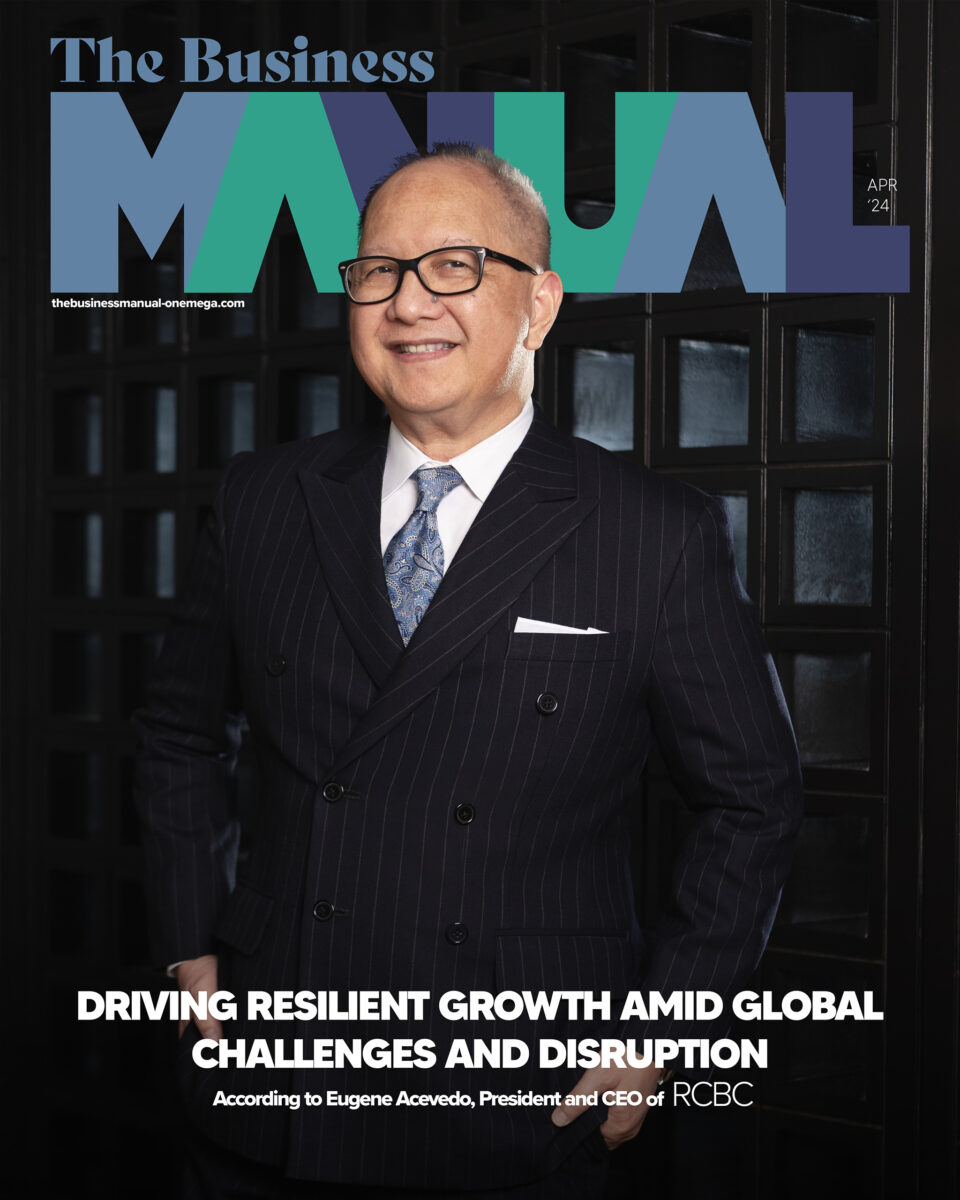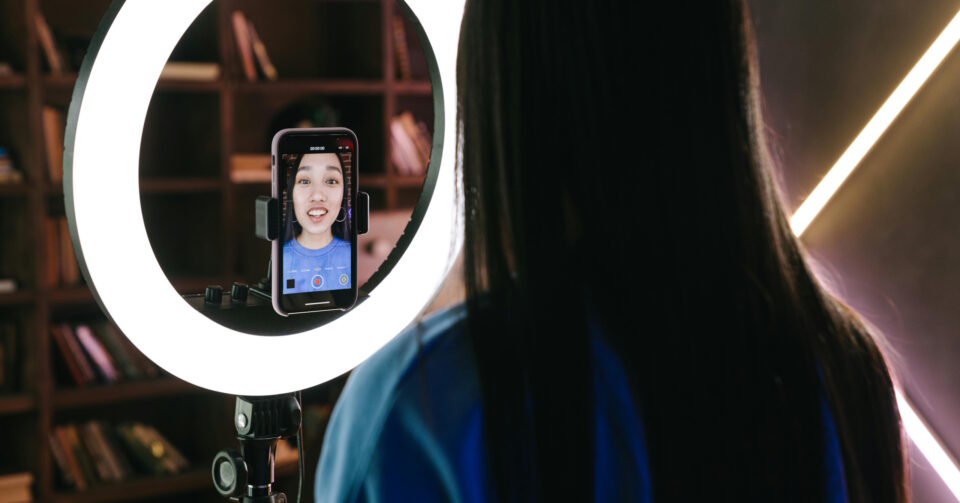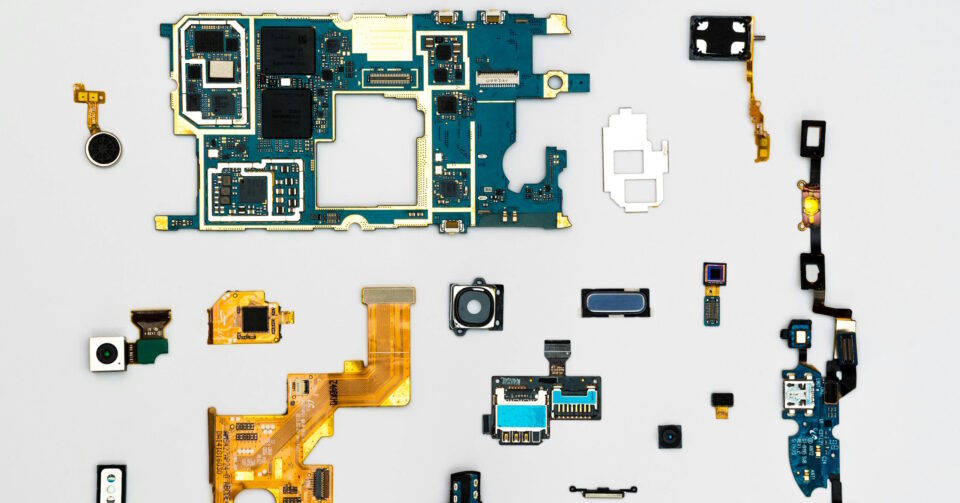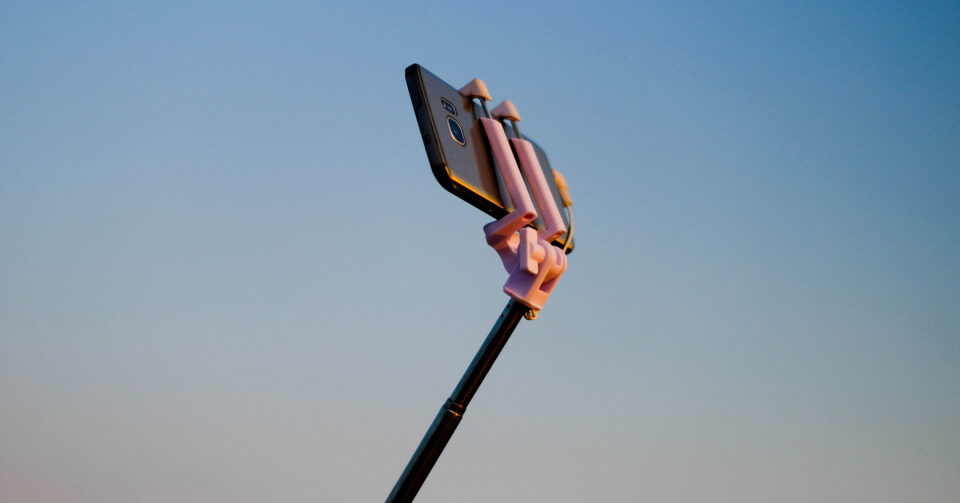Trendjacking 101: What Is It? And How Can Businesses Use It to Grow?

The Business Manual looks into how brands can use viral trends to boost business through trendjacking.
While a news story about a winner of PHP43 million in the Lotto 6/42 jackpot is newsworthy on its own, that wasn’t exactly why the Philippine Charity Sweepstakes Office (PCSO) made headlines to start 2024. Instead, PCSO became a trending topic due to an altered photo they shared of the winner. Soon, brands, content creators and meme-makers all had their own version of the PCSO photo—a marketing technique called trendjacking. What should brands, marketers and businesses know about this practice?
The photo shared by PCSO’s social media channels show the winner of the jackpot receiving the money she won from the Lotto. However, people on the internet were quick to point out that the image appeared to be edited.

The image is, in fact, edited, which PCSO General Manager Melquiades Robles confirmed during a Senate hearing. According to Robles, the edit was done to protect the identity of the winner after a previous Lotto winner complained about being recognized.
Unsurprisingly, the edited PCSO photo quickly became viral and was turned into a meme. In fact, many brands, such as Angkas and Angel’s Burger, used the poorly edited photo for their PR and marketing efforts.
This is not the first time that brands used memes and trending topics for PR and marketing. There is actually a term for that, and it’s called trendjacking.
What Is Trendjacking?
Forbes defines trendjacking as “a PR technique for capitalizing on the newsworthiness of a current topic being heavily covered in the news cycle and using it to get you, your company or your product noticed by a much more substantial audience.”
“Trendjacking—one of the many strategies we employ for clients of our PR firm—can be effective because it involves taking advantage of a trend that already has a lot of eyes and attention on it,” Forbes adds.
Given what it is, many brands turn to trendjacking to boost their visibility online. By using a trending topic, brands join in on the conversation surrounding the topic, which allows them to appear in the search results when internet users search for said topic.
Trendjacking can likewise be used to further boost the PR of brands or even combat negative PR. Trendjacking typically entertains the audience by adding humor to what is trending or viral, which then leads to positive PR and engagement for the brand.
How to Properly Leverage Trends
However, as is usually the case, anything done incorrectly can lead to disastrous results. Trendjacking is no exception to this as there is a risk of inappropriate or even offensive content being produced and shared online.
Given this, there are ways brands can properly leverage trendjacking to benefit their PR and marketing efforts.
1. Research and Understand
People, events, and other topics trend or go viral for a reason, and it is important for brands to fully understand why something is trending before hopping on the trendjacking bandwagon.
“If your post doesn’t hit the mark because you either didn’t fully understand the trend or didn’t have anything new to add to the conversation, you’ll come off as inauthentic,” Wix points out. “Even worse, you might accidentally participate in a meme that has political or harmful undertones.”
To avoid making such crucial errors, research is the key to fully understanding what makes something viral or trending. Take the time to look at what other brands and creators are doing to have a better understanding of the trend and why it has caught people’s interest.
2. Timing Is Everything
Trends are never evergreen. They can last for a few minutes or for a couple of days. This highlights the importance of timing if brands plan on trendjacking.
Posting content too fast or when the trend is still too fresh risks confusing the audience. Posting too late, on the other hand, risks being unable to capture the interest of the audience because the topic is no longer trending.
So when is the best time to trendjack? Trendjacking works best after the topic starts trending while everyone is still scrambling to learn more about it. This, again, takes some research and paying close attention to what’s trending online and the conversations that surround them.
3. Remember the Image and the Audience
Authenticity is essential in the success of any trendjacking effort. As speed and timing are crucial when trendjacking, it can be difficult to properly plan the content to publish. Therefore, there is a risk for a brand to produce content that does not fit its image. There is also a risk of publishing content that is now appealing to the brand’s audience in the mad dash to put something out there.
Such mistakes can be avoided by always remembering that not every trend is meant to be used for trendjacking. Brands should always ensure that any content shared with the public aligns with its image and objectives. If a trend does not fit, best to leave it be.
Likewise, always keep the audience, what interests them, and what they care about in mind. At the end of the day, brands always aim to capture the attention of their target audience. Riding on the wrong trendjacking wagon cannot accomplish this.




